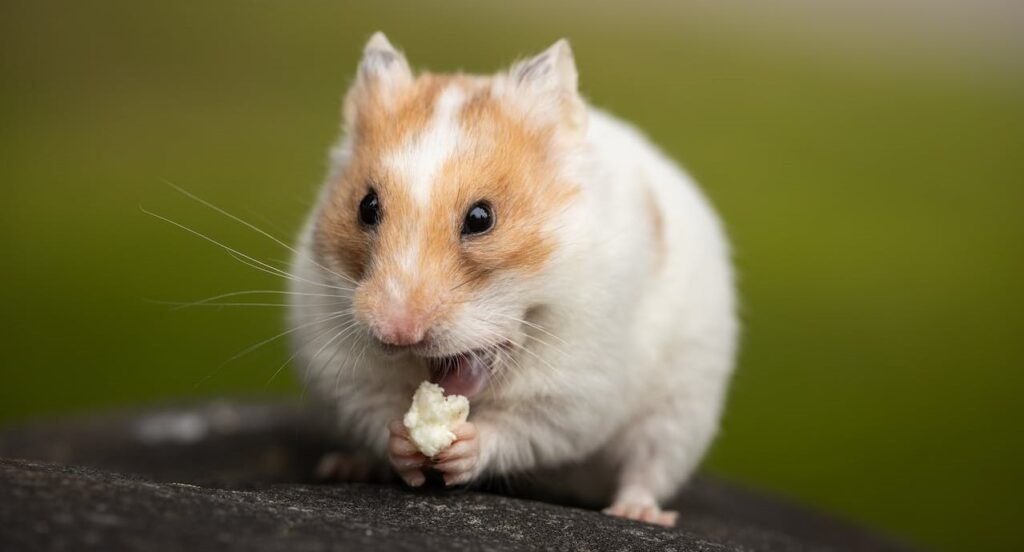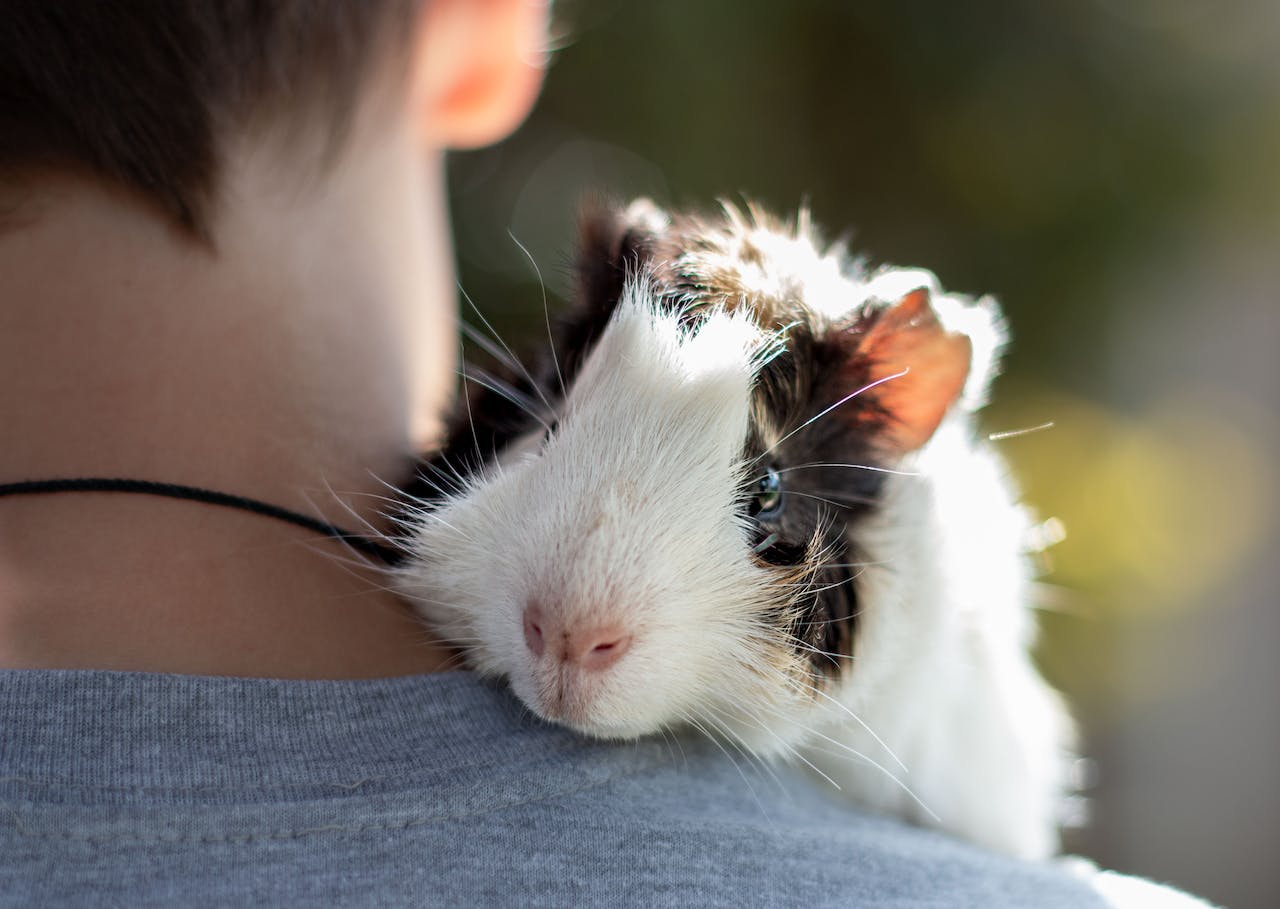Welcome to the fascinating world of hamsters, those delightful tiny creatures that have captured the hearts of pet enthusiasts worldwide. In this article we embark on a journey to explore the origins of hamsters tracing their evolution from the wild to becoming cherished companions in our bedrooms. Join us as we unravel the unique characteristics and behaviors of these pocket sized pets, shed light on their natural habitat and provide insights into creating a suitable environment for them at home.
The Wild Beginnings of Hamsters

Hamsters scientifically known as Cricetinae have a rich history that can be traced back to the vast expanses of the Middle East and parts of Asia. These nocturnal rodents were initially discovered in Syria and their ability to adapt to arid conditions allowed them to thrive in the wild. From the arid steppes to the edge of deserts, hamsters developed ingenious survival tactics that make them intriguing subjects for study and adoration.
Where Did Your Pet Hamster Come From?
Discovering the Origins of Your Pet Hamster: The Syrian, or golden, hamster, a beloved species in North America and Western Europe, was first encountered in the wild in 1797. Thanks to zoologist Israel Aharoni and a 1930 expedition, a golden hamster and her 11 offspring were unearthed 8 feet (2.4 meters) below a wheat field in the Middle East, Aharonis efforts led to the hamsters being brought back to Hebrew University in Jerusalem initiating a rapid multiplication that eventually brought these charming creatures into universities, zoos and homes globally.
Species Spotlight
While there are various species of hamsters the most common ones kept as pets include the Syrian hamster dwarf hamster, Roborovski dwarf hamster and Chinese hamster. Each species has unique traits, sizes, and care requirements. For example, the Syrian hamster is known for its solitary nature, while dwarf hamsters are more social and can be housed together under the right conditions. Understanding the specific needs of your hamsters species is crucial for providing optimal care.
Hamsters as Pets
The transition from the wild to your bedroom involves creating an environment that mimics their natural habitat. Hamsters thrive in cages with ample bedding, tunnels and places to hide. Choosing the right food is essential as a well balanced diet supports their health and longevity. Additionally providing a wheel for exercise and mental stimulation is vital for their wellbeing.
Unique Hamster Behaviors
Observing hamsters in their natural habitat sheds light on their fascinating behaviors. Burrowing, hoarding food and grooming are instinctual behaviors that serve a purpose in the wild. Understanding these behaviors allows pet owners to create an enriching environment that caters to their hamsters natural instincts.
Bringing a piece of the wild into your bedroom hamsters have evolved from their natural habitat to become cherished members of our households. By understanding their origins, species-specific needs and unique behaviors, we can create a nurturing environment that ensures the wellbeing and happiness of these delightful companions. Whether you are a seasoned hamster enthusiast or a newcomer to the world of small pets embracing the journey from the wild to your bedroom adds depth to the bond you share with these endearing creatures.
What types of hamsters make good pets?
Popular pet hamster species include Syrian, Dwarf, Roborovski, and Chinese hamsters. Each has unique characteristics, so choosing the right one depends on your preferences and living situation.
Can different hamster species be kept together?
While Dwarf hamsters can often be housed together, Syrian hamsters are solitary animals and While Dwarf hamsters can often be housed together, Syrian hamsters are solitary animals and should be kept alone to avoid territorial issues.should be kept alone to avoid territorial issues.
What should I include in a hamster habitat setup?
A proper hamster habitat should include bedding, tunnels, hiding spots, a wheel for exercise, and appropriate food and water dispensers.
How do I mimic a hamster’s natural behaviors at home?
Providing opportunities for burrowing, hiding, and exercising, along with toys for mental stimulation, can mimic a hamster’s natural behaviors in captivity.
What is the lifespan of a pet hamster?
The average lifespan of a hamster is around 2 to 3 years, but this can vary depending on the species and individual care.
What should I feed my pet hamster?
A balanced hamster diet includes commercial hamster food, fresh vegetables, and occasional treats. Avoid feeding them foods that are toxic to hamsters.
Are hamsters nocturnal?
Yes, hamsters are nocturnal animals, meaning they are most active during the night. It’s essential to respect their natural sleep patterns.
How can I enrich my hamster’s environment?
Providing toys, tunnels, and items for climbing, along with changing the layout of the cage periodically, can keep your hamster mentally stimulated.
Can I potty train my hamster?
While hamsters are generally clean animals, complete potty training is challenging. Placing a litter box in a consistent spot may encourage them to use it.
Do hamsters need veterinary care?
Yes, regular veterinary check-ups are crucial for your hamster’s health. Watch for signs of illness, and seek professional advice if needed.
What are golden hamsters called?
The scientific name for the Syrian hamster is Mesocricetus auratus. The official name for a golden hamster is the Syrian hamster. The golden hamster is also known as a teddy bear or fancy hamster.
What is the lifespan of a Syrian hamster?
The lifespan of a Syrian hamster is 2 to 4 years. Syrian hamsters live longer in captivity than in the wild.












